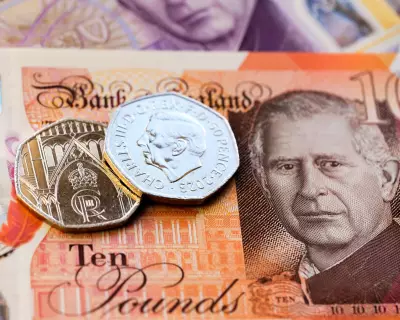
Millions of Britons are scratching their heads over the cryptic combination of letters and numbers that appears on their payslips each month. But understanding your HMRC tax code could be the key to ensuring you're not paying more tax than necessary - or worse, facing an unexpected bill.
What Exactly is a Tax Code?
Your tax code is HMRC's way of telling your employer or pension provider how much tax-free income you're entitled to each year. Get it wrong, and you could be in for financial headaches down the line.
The Most Common Tax Codes Explained
1257L - This is the standard code for most employees in England, Wales and Northern Ireland for the 2024/25 tax year. It means you can earn £12,570 before paying any income tax.
BR - Stands for Basic Rate. All your income is taxed at 20% because you've used up your personal allowance elsewhere.
D0 - All your income is taxed at the higher rate of 40%.
NT - You're not paying any tax at all.
Why Your Tax Code Might Change
Life events can trigger a tax code adjustment. Getting married, changing jobs, receiving company benefits or starting a pension could all mean HMRC updates your code.
Red Flags: When to Check Your Code
- You've started or stopped receiving employment benefits
- Your income has significantly changed
- You've become self-employed alongside your job
- You're claiming marriage allowance or other tax reliefs
- You've received an unexpected tax bill
How to Fix an Incorrect Tax Code
Spot a potential error? Don't panic. Contact HMRC directly through your personal tax account or by phone. They can explain your code and make adjustments if needed.
Remember, understanding your tax code isn't just for accountants - it's essential financial knowledge for every UK worker. Taking a few minutes to check yours today could save you pounds tomorrow.





